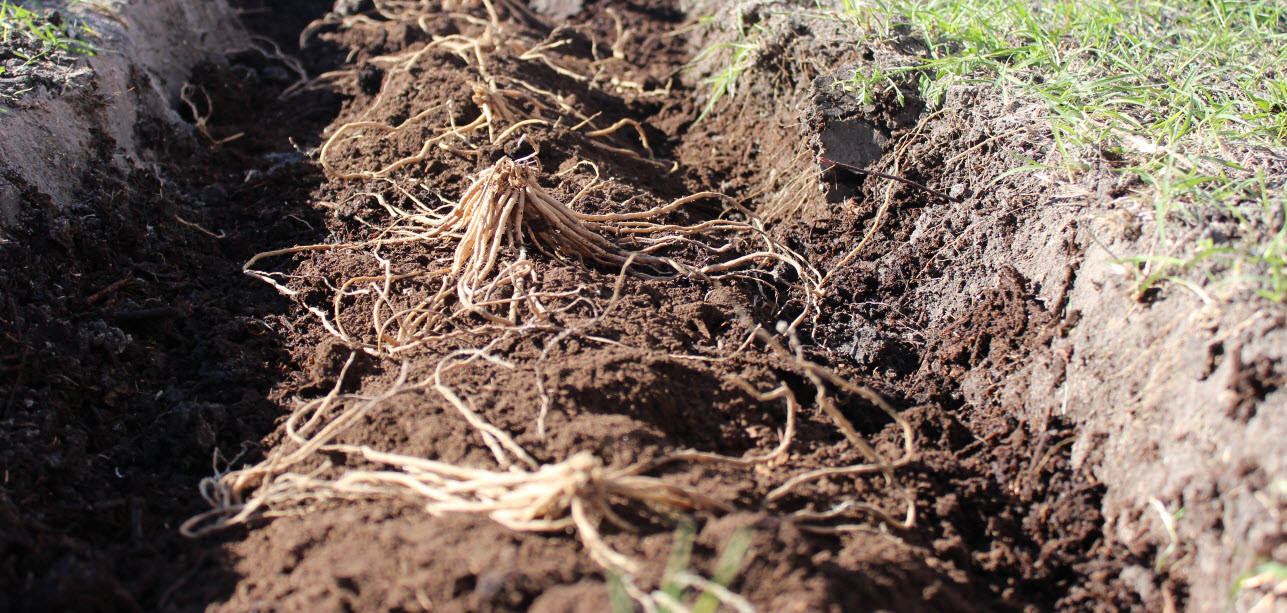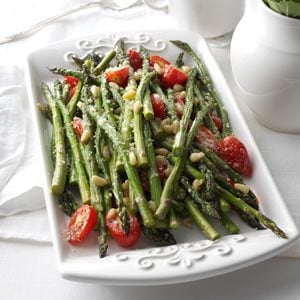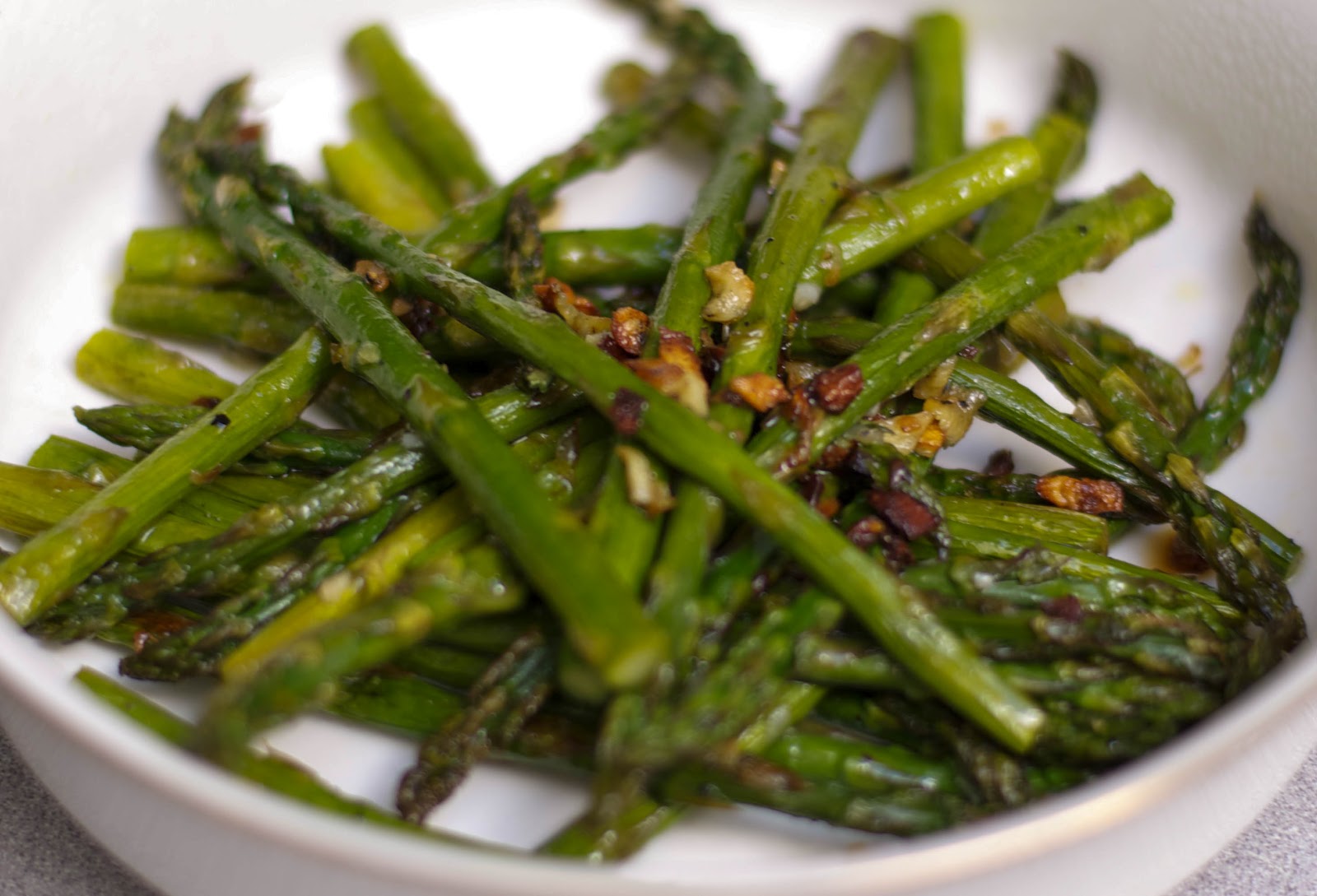Jonathan made a few alterations such as adding egg doors so the kids could collect the eggs, and a ramp for access to the chicken yard. Locks and latches we choose were important because some predators can work and open simple devices.
The kids enjoyed the temporary play house.
New pullets seem happy, and it has kept out a lingering raccoon.
We are very thankful Andy's kindness for even transporting the shed to our house. (This is also the friend that drove his tractor across town to turn over our yard for starting our garden 4 years back.) Thank you Andy!
That garden has been doing ok considering the super dry spring we had. (Planted: tomatoes, white and sweet potatoes, snap peas, beans, leeks, garlic, collards, carrots, beets, lettuce, dill, cucs, radishes, sunflowers, melons and second annual returning pumpkin (came back from last year's pumpkins left)
White and red potatoes are THRIVING this year. Beets and collards doing pretty good too. Snap peas as always are doing just so so (New England springs are not the best for snap peas). Our peas usually don't make it back to the house since the kids eat them first. I think they like snap peas so much just because they have permission to pick them their self. Little lady is eating a strawberry.
See what I mean, only one pea made it safely back to the house. Oh and I forgot about our rhubarb, conveniently ready during strawberry season (rhubarb, strawberry cobbler is one of Jonathan's favorite).
Pigs are growing nicely. They have nice length in the loins showing the Landrace breed influence (these are Landrace/Hampshire cross breed). Hams and shoulders are not as rounded as our last Hampshire/Yorkshire crosses but still plenty meat there.
I am continually pleased by the quality stock we get from our piglet farmer (he grows pigs, cows and chickens for meat also and sells to local restaurants, all free range for those curious).
Thats it for now. As always, construction is in progress on the house. Dad and Mom T. were here last weekend and helped with some projects. I hope to share some completed updates with you soon.
























